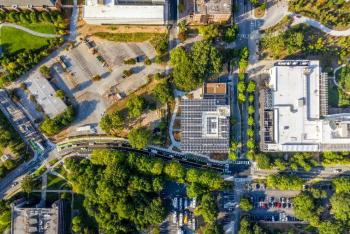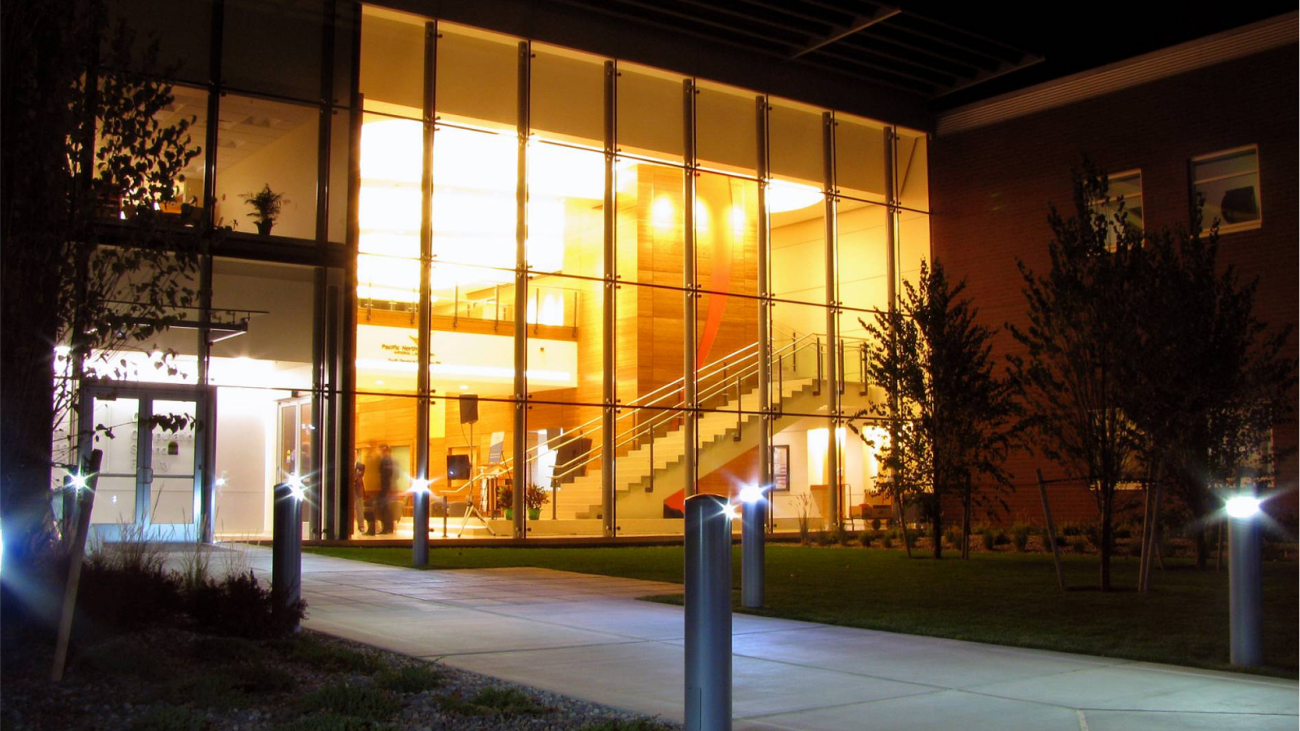
Georgia Tech Flex


Partners: NREL, Georgia Tech, Southern Company, Rocky Mountain Institute
Location: Atlanta, GA
Connected Community type: University campus
Distributed energy resources (DERs) installed: PV with energy storage systems under consideration for the future.
Flexible loads: Building and central plant control sequences were evaluated to optimize HVAC systems with pre-programmed strategies for optimal response to grid services like real-time pricing or demand response.
Aggregated controls: The simulated control sequences use a combination of central plant and individual building controls to dispatch various coordinated strategies. The project team is exploring optimal strategies for common grid scenarios, implemented through a sequence of operations in control systems. The simulated control sequences take into consideration real-time pricing and demand flexibility capacity to help determine dispatch that is able to maximize energy cost and carbon reductions.
Value proposition: The Georgia Tech university campus values energy cost savings, understanding the pathways for meeting carbon neutrality goals by 2050, and any return on investment. The utility is interested in demonstrating the value of demand flexibility and utility bill savings in the real world. The DOE seeks to demonstrate the value of aggregated flexibility at a multi-building or community scale.
Grid issues addressed: The project is designed to achieve peak load reductions and demonstrate load shifting through participation in demand response programs or other energy and capacity grid service opportunities.
Grid services used: The project is working toward enabling real-time pricing based on signals received from Georgia Power that could trigger a demand response event, harnessing a shift in bulk power load to support energy and capacity services.
Experience/highlight: This project represents an example of a university campus that is exploring cost-effective measures for reducing carbon emissions using energy efficiency and demand flexibility with building and central physical plant controls.


